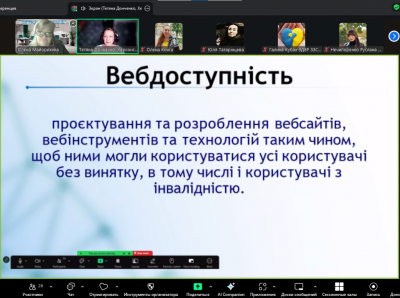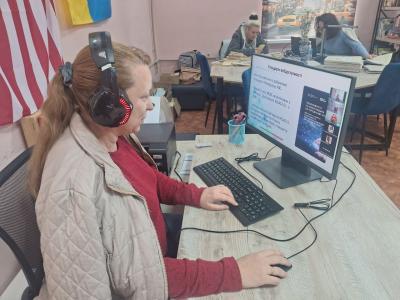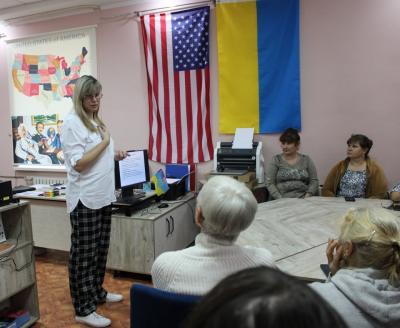Sheila Young
Sheila Young
Speed Skating, Cyclin 1950-
When Sheila first became involved in speed skating it was outshone in the United States by more popular winter sports such as skiing and figure skating.
As a result, the name Sheila Young is not as instantly recognizable as Kristi Yamaguchi, Michelle Kwan, or Picabo Street, for example. However, that takes nothing away from Sheila s remarkable accomplishments as both a champion speed skater and a cyclist. Sheila is one of an elite group of athletes who have simultaneously and successfully competed in more than one sport.
Horn on October 14, 1950, in the Detroit suburb of Birmingham, Michigan, Sheila's initial entry into sports was limited at best. She didn't particularly care for winter sports. As a four year old, Sheila's most sports-related activity was learning how to ride her two-wheeler bike. However, she was born into a family of sports enthusiasts. Both of her parents loved ice skating and cycling, and encouraged their children in these activities. Besides, as her father ex¬plained,"! couldn't afford a baby-sitter, so everybody had to come along." By age nine, Sheila began to enjoy ice skating. Her older sister was a speed skater, and the two girls often skated on the frozen lakes and rinks in and around Birmingham.
Though Sheila was raised in a loving and supportive family, her preteen world changed dramatically when her mother became ill. Unable to win her battle against cancer, her mother died when Sheila was 12 years old. Shortly after, the family moved to Detroit, where Sheila's father had accepted a new job. These two major events—her mother's death and the move to Detroit- had a tremendous impact on Sheila. Uncomfortable in her new surroundings and trying to adjust to life without her mother, Sheila began spending more and more time on the ice.
With her father's coaching, and many long hours ot practice, Sheila got better and better. Soon, she was entering and winning speed skating meets. In !972, Sheila made the U.S. Olympic team and traveled to Sapporo, Japan, to compete in the 500-meter sprint event. She missed winning a bronze medal by 8/100 second.
I laving done well in international competition, Sheila wanted to continue
training and improve her performance even more. She began working with Peter Schotting, one of the best speed skating coaches in the sport, Scheming was so impressed with Sheila's abilities that he predicted she would become a world champion after working with him for a year. It was Schotting who introduced Sheila to another sport—cycling. Since it was difficult to find rinks to train in all year round, cycling was another way to build up the leg strength and endurance speed skating required.
Schotting was a demanding coach and he designed a rigorous training pro-gram for Sheila, including body conditioning, and long hours of skating, running, and cycling. In 1973, all the hard work paid off. Sheila won the 500-, the 1,000-, and the 1,500-meter events at the U.S. Championship. Though she had been viewed as primarily a sprint skater, Sheila's first-place finishes in the longer races showed how versatile she had become. She capped off a great year by setting a world record in the 500-meters later in the season, and returned home from the World Championships with the gold medal in the 500-meter race.
When the skating season was over, Sheila turned her attention to compet-itive cycling. She had always enjoyed bike riding for fun, and had been including cycling in her training for a few years. Now she was interested in testing her skills in world-class competition. Surprisingly, Sheila qualified for the world cycling track championships in Sebastian, Spain. While she was confident and relaxed in speed skating events, Sheila was nervous and anxious about her first major cycling competition. She crashed a few times in the preliminary heats—in one of her falls she was injured so severely that the doctors suggested she withdraw from the final. But Sheila refused to quit. Her final race was against the heavily favored Soviet cyclist Galina Ermolasva. Cuts, bruises, and all, Sheila went out and stunned everybody by winning the race. Sheik had become the first American—male or female—to win a cycling track championship. Even more impressive was the fact that Sheila had achieved something no other American athlete had—she was world champion in two entirely dif¬ferent sports.
Determined to continue her winning ways, Sheila went right back to work—training on the ice for the new season. She won the World Championship tide again in the 500-meter sprints in 1975, and then focused all her energies on making the Olympic team and the trip to Innsbruck, Austria, for the 1976 Winter Games.Though she had missed out on a medal/our years earlier, Sheila was not to be denied this time around. In all, she won, three medals— a gold in the 500-, a silver in the 1,500-, and a bronze in the 1,000-meter race. By capturing three Olympic medals, Sheila had also accomplished what no other American had done before her.
It was unfortunate for Sheila Young to come along before speed skating received the attention that it enjoys today. Her feats are even more remarkable given the lack of top training facilities and monetary support that were available for skaters like Bonnie Blair and Beth Heiden a decade later. As for cycling, it wasn't even a women's Olympic event when Sheila was at her peak. Fortunately for female athletes, both of these sports now have many fans as well as the organizational support that no doubt would have benefited Sheila Young. Even so, her accomplishments in speed skating and cycling will probably remain unsurpassed for years to come.
More detailed information can be found in the "Extraordinary Women's Athlets" Judy L.Hasday, and issued by The Children's Press in the USA.
Information should be used just for educational purposes.










